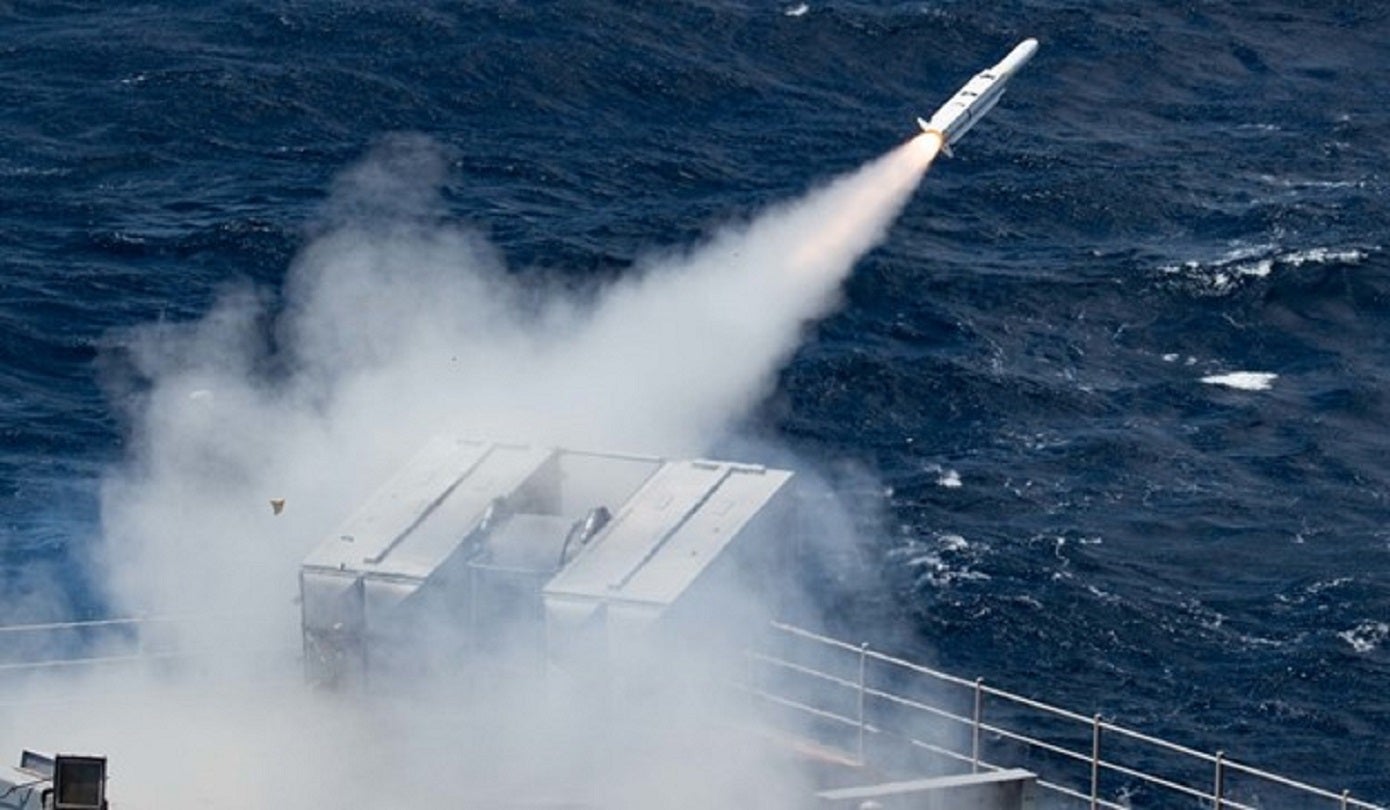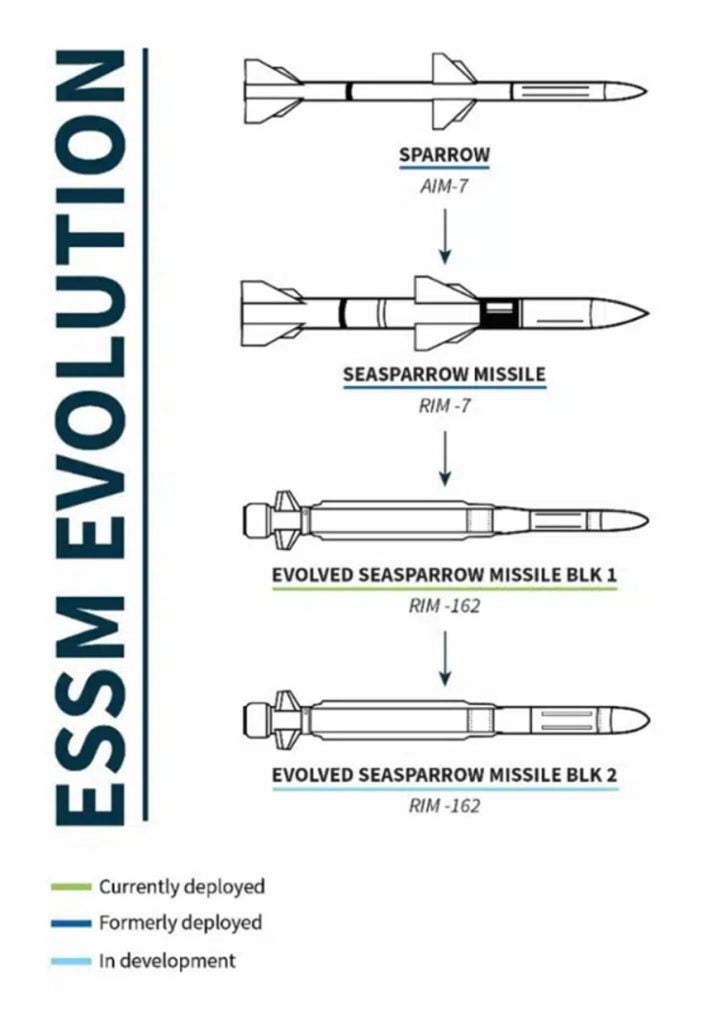
The US Department of Defense (DoD) has awarded Raytheon, an RTX company, a $34.3m contract modification to continue servicing Sea Sparrow missile systems onboard warships in the US Navy and for its foreign military sales customers: Chile and Japan.
Considering the US Navy is the primary beneficiary, the department will provide most of the funds while Japan and Chile commit $91,971 (Y13m) and $2,430 (2,156,892 pesos) respectively – both making up less than 1% of the deal.
As Raytheon is the original equipment manufacturer of the Sea Sparrow, the modification was not competitively procured.
Sea Sparrow can be launched from surface ships to destroy threats that include high speed, highly manoeuvring anti-ship cruise missiles, low-velocity air threats, high-diving threats and surface-based targets. It can also engage attack aircraft, helicopters and ships.
Originally developed by the Navy and a US company called Sperry in the 1970s, Sea Sparrow provides an anti-air capability for surface combatants.
The missile has progressed through several iterations since its first deployment in 1976. First there was the Sea Sparrow (RIM-7), followed by the Evolved Sea Sparrow Missile Block 1 (ESSM, or RIM-162) – with the latest Block 2 variant receiving first pass approval in June 2020.
How well do you really know your competitors?
Access the most comprehensive Company Profiles on the market, powered by GlobalData. Save hours of research. Gain competitive edge.

Thank you!
Your download email will arrive shortly
Not ready to buy yet? Download a free sample
We are confident about the unique quality of our Company Profiles. However, we want you to make the most beneficial decision for your business, so we offer a free sample that you can download by submitting the below form
By GlobalDataAccording to GlobalData Defence Analyst, James Marquess: “The RIM-162 is a modification of the RIM-7 over a fully new design, but I’m confident the US Navy will mostly use 162s and maybe some 7s still in storage.”

RIM-162 is equipped with a tail-control system to obtain high speed and manoeuvrability. The missile, which can operate in all weather conditions, has a length of approximately 3.64m, a diameter of 254 milimetres and a weight of 280 kilogrammes.
The ESSM programme is an international co-operative effort supported by the Nato Sea Sparrow consortium nations, including the US, Australia, Canada, Denmark, Germany, Greece, Norway, Spain, Turkey and the Netherlands.
The member nations are governed by a production memorandum of understanding and multi-national work-share arrangement. Other users of this family of missiles include Thailand, Japan and the UAE.
GlobalData expects global expenditure on ESSM block 1 to fall from $85m to $72m in the next decade. In contrast, the ESSM block 2 will grow from $299m to $784m in the same period.
Likewise, the data and analytics company also projects US spending alone on the ESSM block 2 to increase from $276m to $657m over the forecast period.







